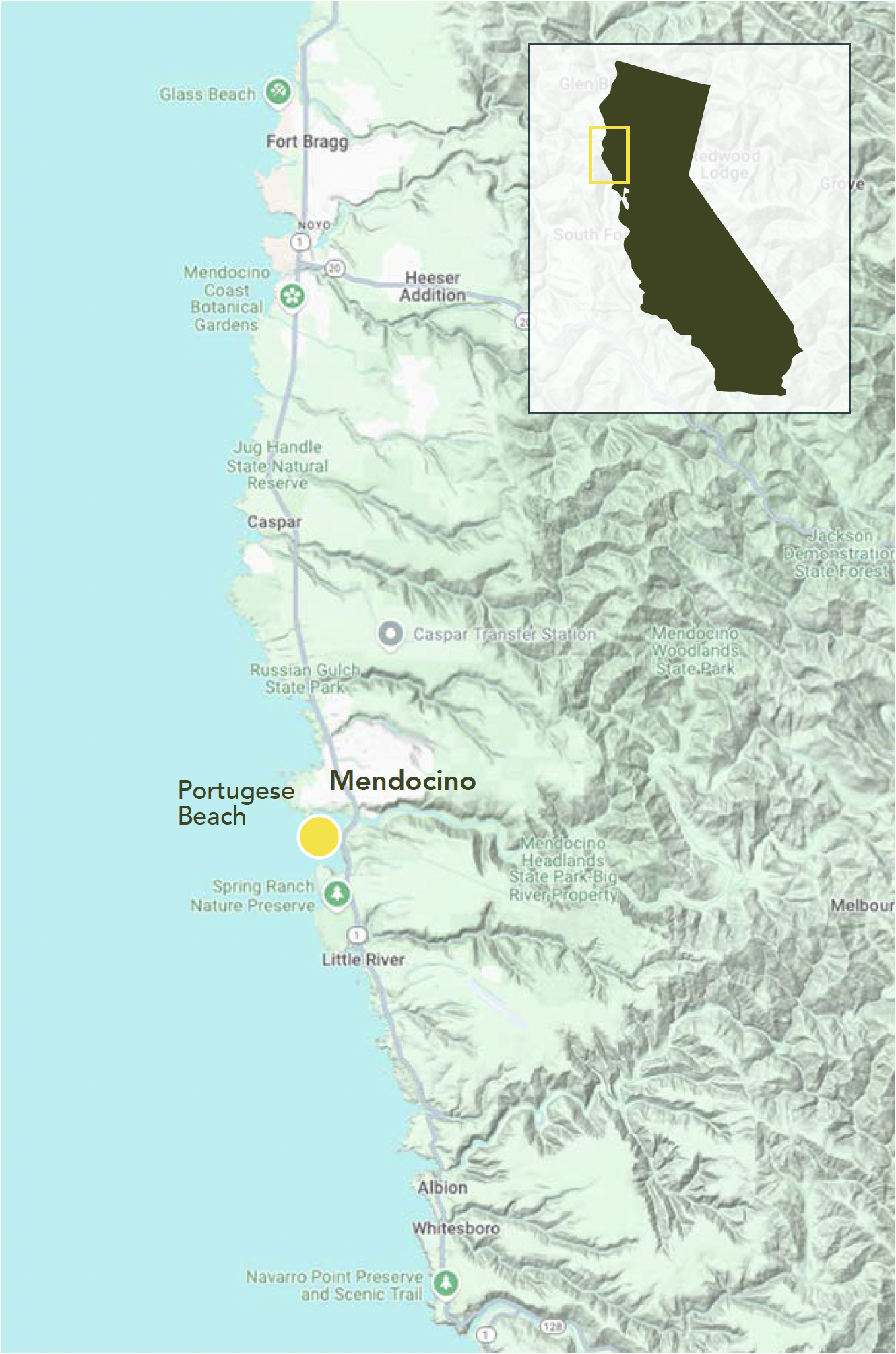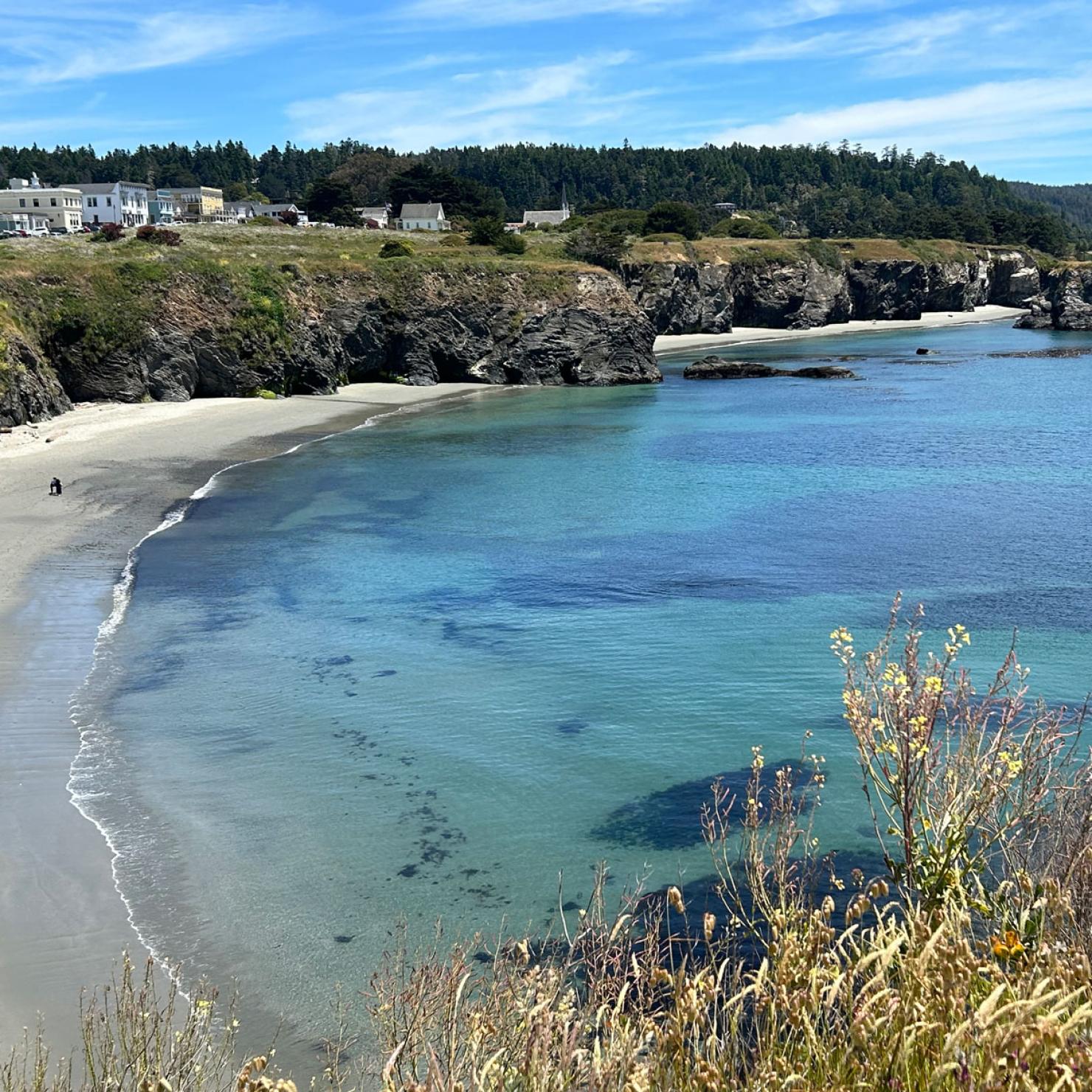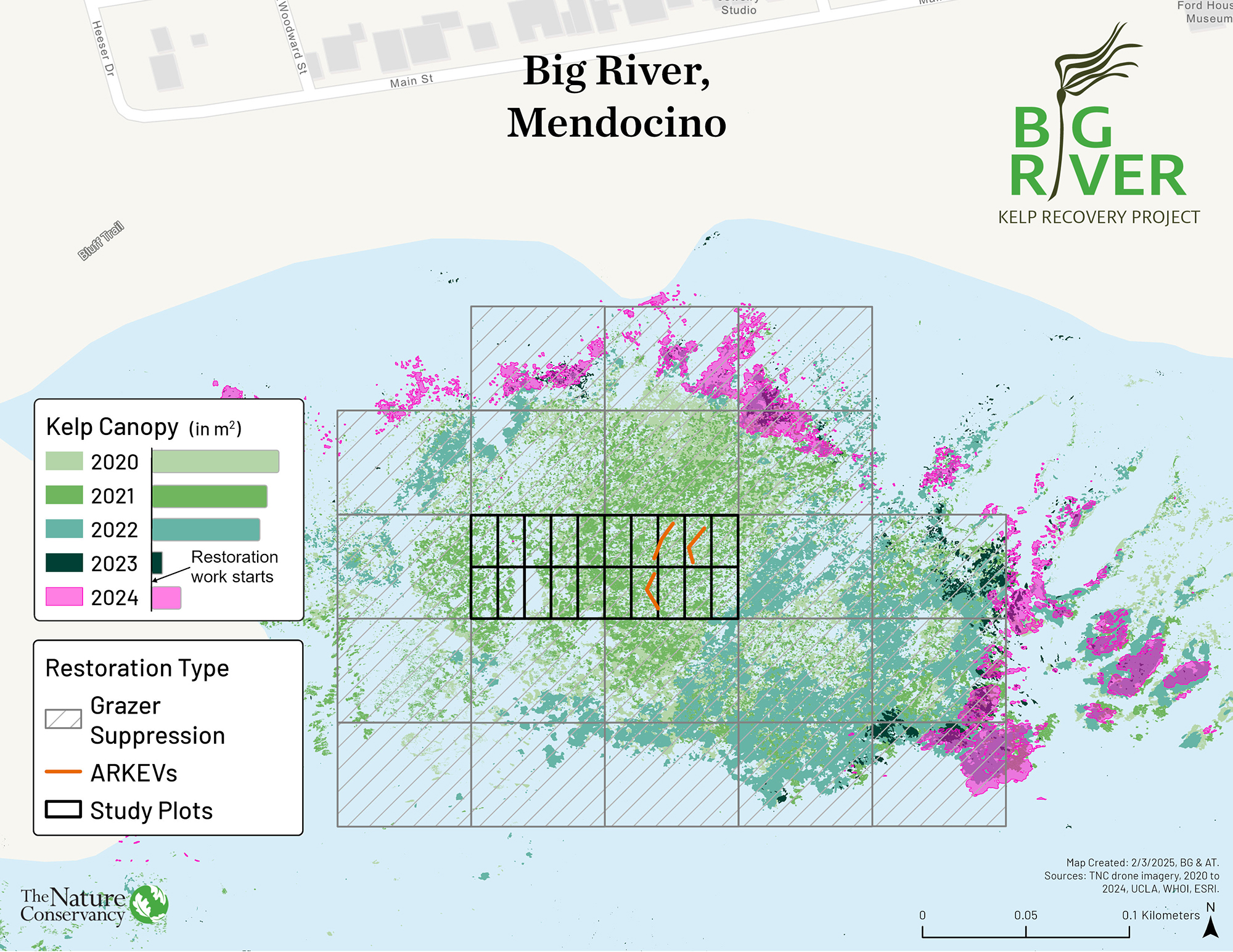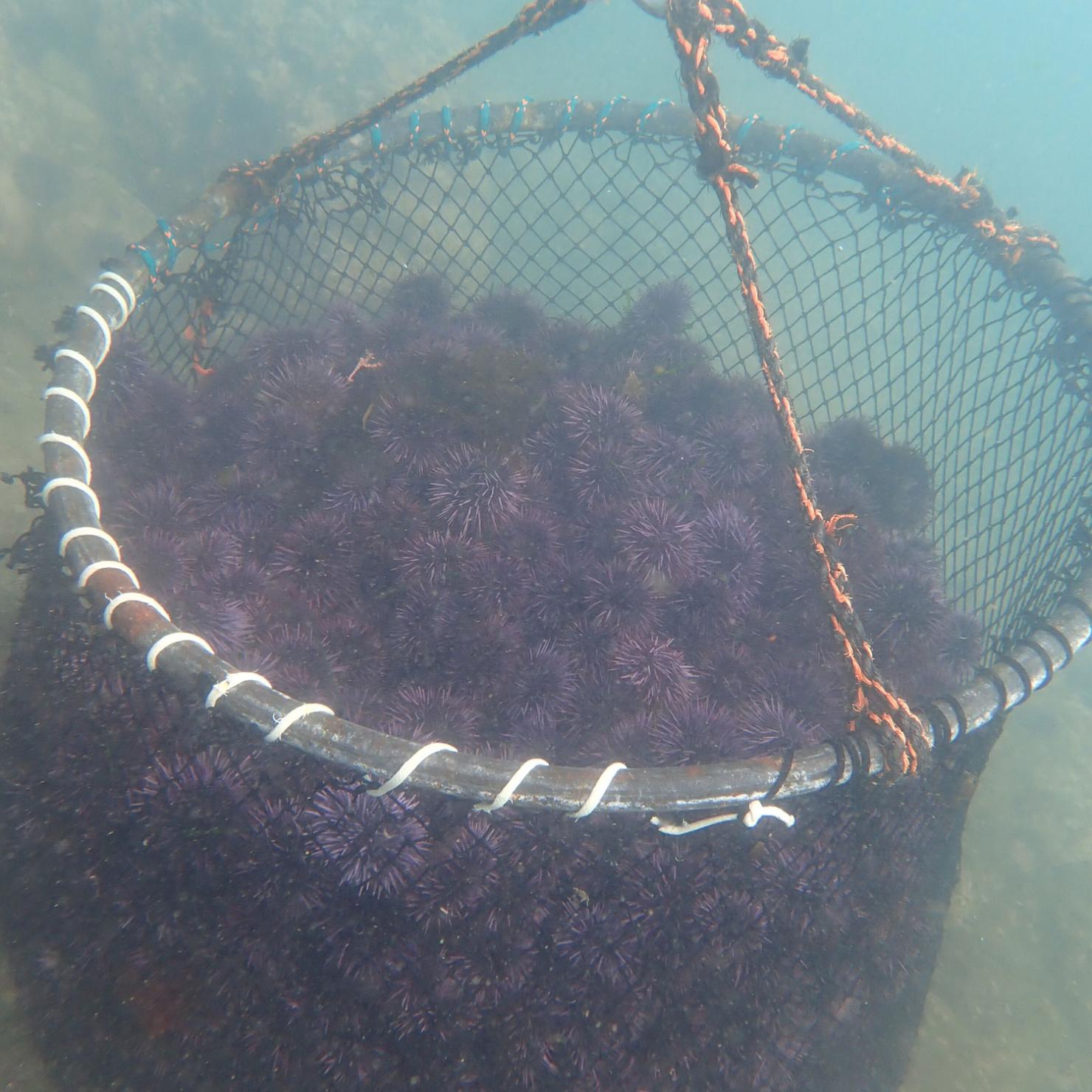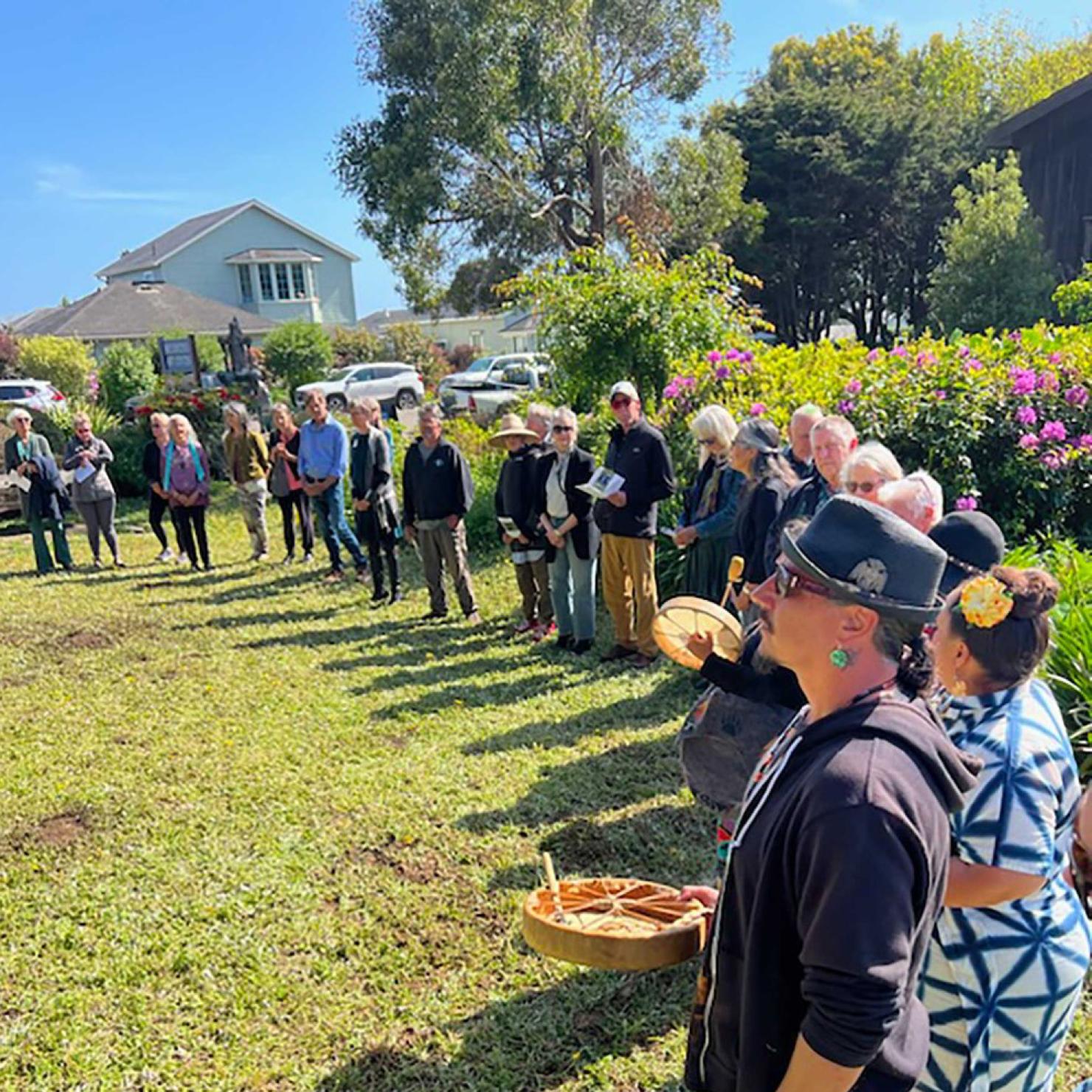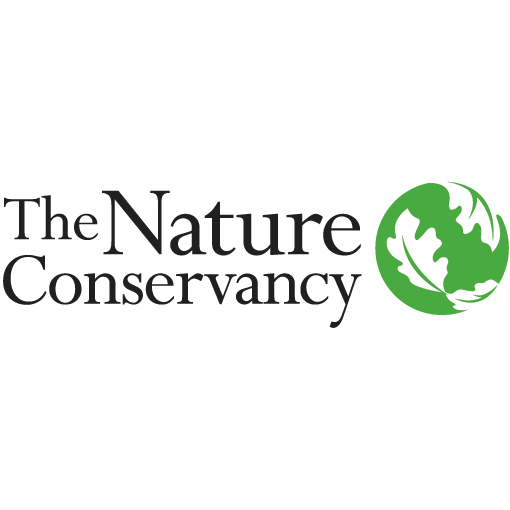The Accelerating North Coast Kelp Recovery Interim Report describes our first year (Year 1, 2024) to recover a recently degraded bull kelp forest at Big River, Mendocino County under the AKRP (McHugh et al 2025). Here we report on our first year results of testing and deploying a strategic combination of kelp recovery solutions and providing community participation opportunities to build stewardship connections that exceeds the lifespan of this award. This project additionally includes a one-acre kelp restoration study at nearby Albion Cove led by the same Objective 1 project team (The Nature Conservancy, Moss Landing Marine Laboratories, Sonoma State University, Reef Check, California Sea Urchin Commission, and California Department of Fish and Wildlife) proposed as match to the funding award.
This project has three objectives that each intentionally address ecological, economic and social considerations that are paramount to understanding the potential for scaled and accelerated kelp recovery. The approach is a multidimensional collaboration that builds on years of kelp restoration activities, while also incorporating the ideas, experiences and musings of those who live on and with the ocean.
Objective 1 aims to recover five acres of degraded kelp forest habitat. Knowledge gained from grazer suppression and kelp enhancement activities will directly inform the scalability of kelp recovery, document the drivers of restoration success, and engage the local sea urchin fishery. This work will directly contribute to California’s Kelp Restoration and Management Plan (KRMP). Additionally, kelp restoration outcomes will support the 30 x 30 initiatives both domestically and globally through the Kelp Forest Challenge which aims to protect and restore 4 million ha of forest by 2040. Objective 2 addresses information gaps by developing predictive models to optimize restoration, quantify the effects of urchin harvest and impacts to the fishery, and provide guidance for climate readiness and the blue economy. Furthermore, we aim to develop an understanding of urchin demographics at restoration sites, to eliminate any waste, and secure both food and non-food uses. Objective 3 will provide socio-economic value by creating a local trained workforce in restoration, an emerging and relevant field. The objective also seeks to engage the community and include broader perspectives through experience and art, ensuring California’s coastal communities are represented in coastal ecosystem recovery, policy, and management discussions.
Implementation & Key Findings
(McHugh et al 2025)




